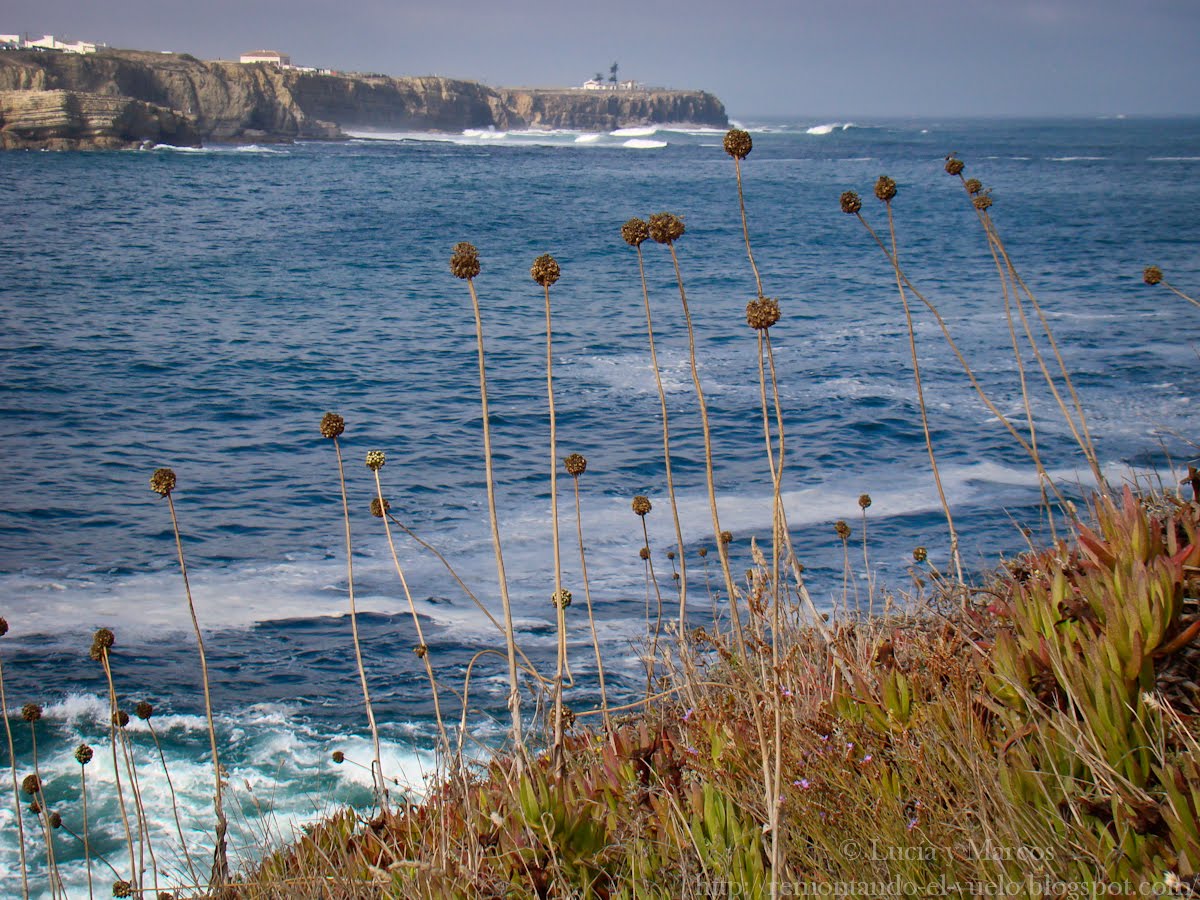

They include, e.g., trying to address the very broad absorption bands (>10–50 cm −1) in the much higher density medium of liquids 15, 16, 17. While mid-infrared (mid-IR) gas-phase spectroscopy is nowadays well exploited for sensing applications based on quantum cascade (QC) technology 9, 10, 11, liquid detection techniques are still in their infancy 12, 13, 14. They detect, analyze, and react to all sorts of relevant substances, e.g., potentially hazardous chemicals 8. Sensors have entered our daily life on countless levels, from medical diagnostics 1, 2, 3, environmental sensing and climate research 4, 5 to spectral imaging 6 and security applications 7.
#Supplementary angle in real life Offline
Quantitative measurements reveal excellent performance characteristics in terms of sensor linearity, wide coverage of concentrations, extending from 0.075 mg ml −1 to 92 mg ml −1 and a 55-times higher absorbance than state-of-the-art bulky and offline reference systems. We demonstrate time-resolved device operation by analyzing temperature-induced conformational changes of the model protein bovine serum albumin in heavy water. This enables real-time measurements probing only microliter amounts of analyte in an in situ configuration. Our fingertip-sized device utilizes quantum cascade technology, combining the emitter, sensing section and detector on a single chip. In this work, we show a next-generation, fully-integrated and robust chip-scale sensor for online measurements of molecule dynamics in a liquid solution. However, monitoring dynamic processes in liquids is commonly limited to bulky systems and thus requires time-consuming offline analytics. Investigating chemical reactions in bio-medical applications such as drug production is recently gaining particular interest.

#Supplementary angle in real life full
The angle formed when the ray completes one full rotation measures 360° and is called a full or complete angle.Ĭlick to see how a complete angle is formed.Mid-infrared spectroscopy is a sensitive and selective technique for probing molecules in the gas or liquid phase. The angle formed when the ray moves past 180° and lies between 180° and 360° is called a reflex angle.Ĭlick to watch how a reflex angle is formed.

A straight angle can be formed by adding two right angles. It measures 180°, which makes is pretty obvious where it gets its name from. The angle formed here is a straight angle. Let’s rotate the ray further so it points in a direction opposite to the other ray, helping both the rays make a straight line.Ĭlick to view how a ray turns to form a straight angle. These are just a few instances from the tens of hundreds of obtuse angles that abound around you look around for a good uptake of examples. An Obtuse AngleĬlick to see how two rays form an obtuse angle.Īs you can see, the angle is larger than 90° but less than 180°. Just cast around a little bit, and you may find hundreds of examples to add on to your list of right angles. This is called a right angle and is indicated with a little square rather than an arc. In this case, the angle measures exactly 90°.Ĭlick to watch how a right angle is formed. This time we’ll rotate our ray until it points up straight and is perpendicular to the other ray. Just walk around, and you are bound to make a rich list of examples of acute angles. This angle, which measures greater than 0° and less than 90°, is known as the acute angle.

We have shown the rays in different colors so the rotation is easily understood.Ĭlick to view how a ray turns to form an acute angle. We'll keep one ray fixed and turn the other one. Let’s now dig into the lesson! What Are the Types of Angles?Īngles can be classified into different types based on their measures. This is just to a give you a fleeting glimpse of how angles pervade nearly every sphere of life, making learning angles twice as vital. Angles are used to help build structures that won’t fall apart.Įven to pass the ball to the next player in soccer, we use angles.Īrtists use angles every day to draw realistic pictures.Īrchitects can’t do without them while designing roads and bridges.


 0 kommentar(er)
0 kommentar(er)
